DMPCs – an NPC who is also a fixed member of the party – are a topic of controversy in Dungeons & Dragons, where some claim that they can destroy campaigns altogether, while others don’t see what the big deal is. As it is with most situations, there’s truth from both sides; DMPCs can work, but improper execution can disrupt the game.

Related
Dungeons & Dragons: Tips For Better Improvising NPCs
One of the hardest tasks for a DnD DM is to think up entire characters on the spot. Luckily, we have some tips for you.
Thus, we recommend thinking thoroughly about whether you think a DMPC will benefit your adventure. Assuming that you’re here because the answer is yes, then we’ll give you a few suggestions on how to make sure your character won’t destroy the game for your players and instead add a lot to it.
5
Let The Players Pick The DMPC
Or Be Part Of The Creation Process
A DMPC doesn’t need to be someone related to the ongoing narrative (though they can be). They can be another adventurer who also took whatever contract the players are in, someone they saved earlier, or the funny goblin the party adopted after destroying their clan – we’ve all been there.
If a character becomes beloved to the point that the players just like having them around, you can throw the idea of promoting this character to a DMPC. This way, the players are already receptive to the idea. The worst thing you can do with a DMPC is force them into the party, which will only propel the players to dislike the character even if they’re well-written.
Alternatively, if you need to prepare a DMPC beforehand because they are related to the story in some way, it’s okay to let the players be part of the creative process. Ask what type of character they’d want for their composition, and let them pick their class, species, or whatever they can without breaking the plot. You don’t need to do this by yourself.
An interesting example would be Ireena from Curse of Strahd. If the party is missing a key role, you can easily turn her into a DMPC who is also a key character in the narrative. Give her whatever class the group needs, and you’re good to go.
4
Let The Players Have Some Control Of The DMPC
Be Part Of The Team
This tip may be harder if you and your group focus a lot on the story you’re telling, but all in all, if the players want the DMPC to do something, then do what they’re asking you to do. If they need someone to watch the door, you stay behind. If they need someone to carry the heavy object, you carry it, and so on.
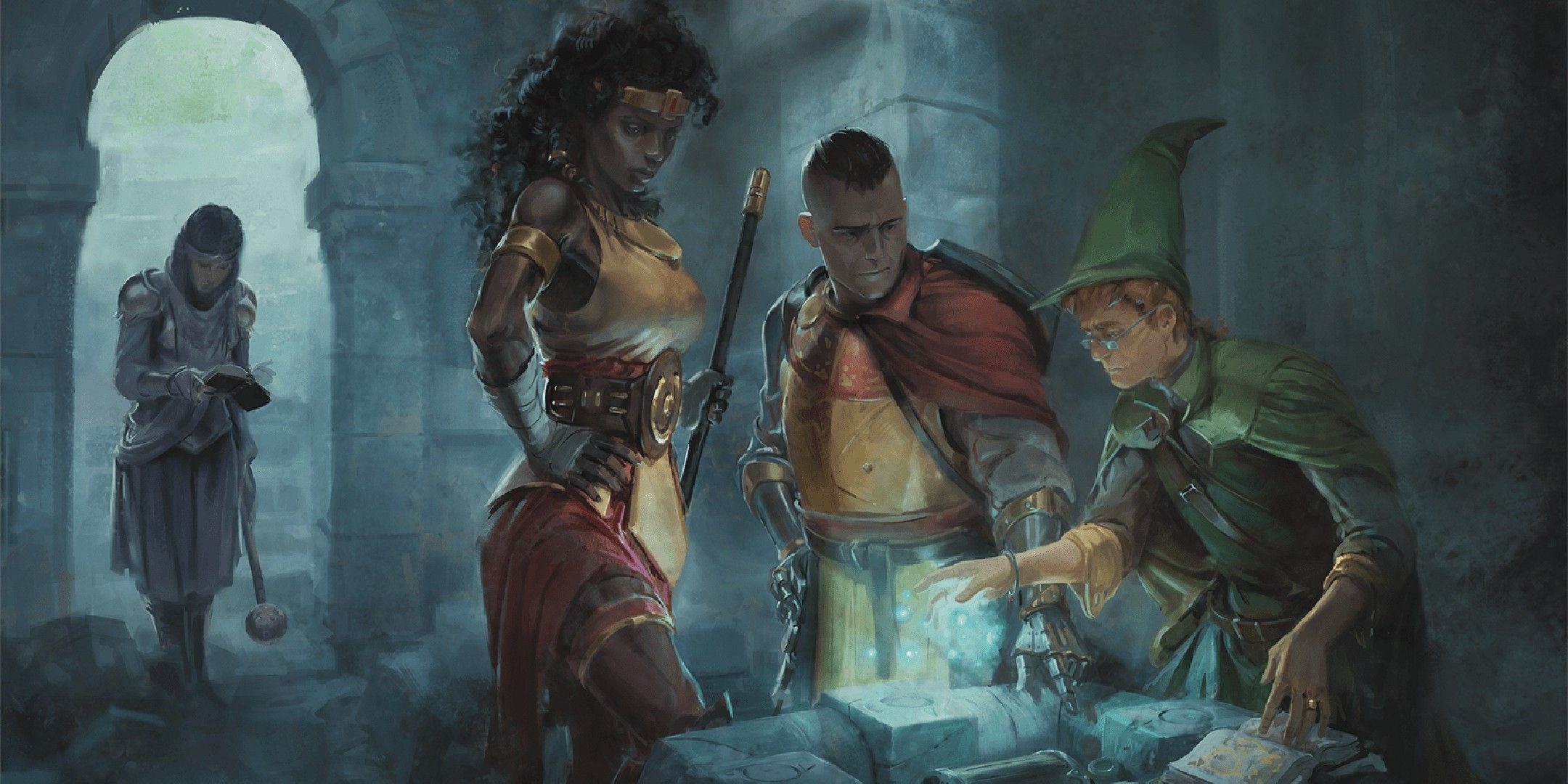
Related
Dungeons & Dragons: 8 Tips For Using Physical Props
Want to bring the fantasy world into reality? Here are some tools and props to help you achieve it.
It can even go as far as telling you what attacks and spells they want you to use on your turn, and that’s okay. The character is there to help them, and if that’s what they need at the moment, do it. If they abuse this power over the DMPC, constantly forcing the character to do stuff they’re not comfortable with, you can have a dramatic roleplaying moment or just have the DMPC quit the party. Drama is good for the story, after all.
Still, most players are aware that the character is just there to help, but if you keep deciding how you’re going to help them over and over, they might think you’re just holding their hands throughout the adventure, or you may even accidentally metagame for knowing too much about the encounter. They may not mind if they are okay with the character and how they operate, and you can use the character to save them from an unexpected TPK, but just tagging along and doing what they need the DMPC to do solves most problems already.
3
Focus On A Supporting Role
Heal Or Tank, Or Something Similar
First and foremost, your DMPC should provide a role your party lacks. For instance, a life cleric is an amazing option for a DMPC if the group doesn’t have a dedicated healer. As mentioned, you can also ask the players what role they want the DMPC to have in combat.
If the group lacks a frontline, make them a frontline. If the group lacks supporting magic, make a spellcaster whose spells aren’t damage-oriented. If the group is perfectly balanced, do something players can’t be, like a small, familiar-like character that can fly and is constantly giving the Help action or something.
That said, if the party is fully balanced, you may want to consider scrapping the DMPC altogether, unless you need them for the story or the players like the character too much.
It’s more than okay to make your character capable of causing damage, but we don’t recommend that they be too focused on that. They can (and will) get some kills, usually from minions and the occasional luck roll on a bigger villain, but the idea is to have a character that helps the players do the cool things instead of doing the cool things yourself.
2
Don’t Fix Problems, Just Guide Them When Necessary
Be The Side Character
When we say your DMPC needs to have a supporting role, we don’t mean just combat but in general. Take Ireena again, for example. She’s a key character in Curse of Strahd, and part of the plot revolves around her mere existence. However, if you leave her by herself, she’ll accomplish nothing.
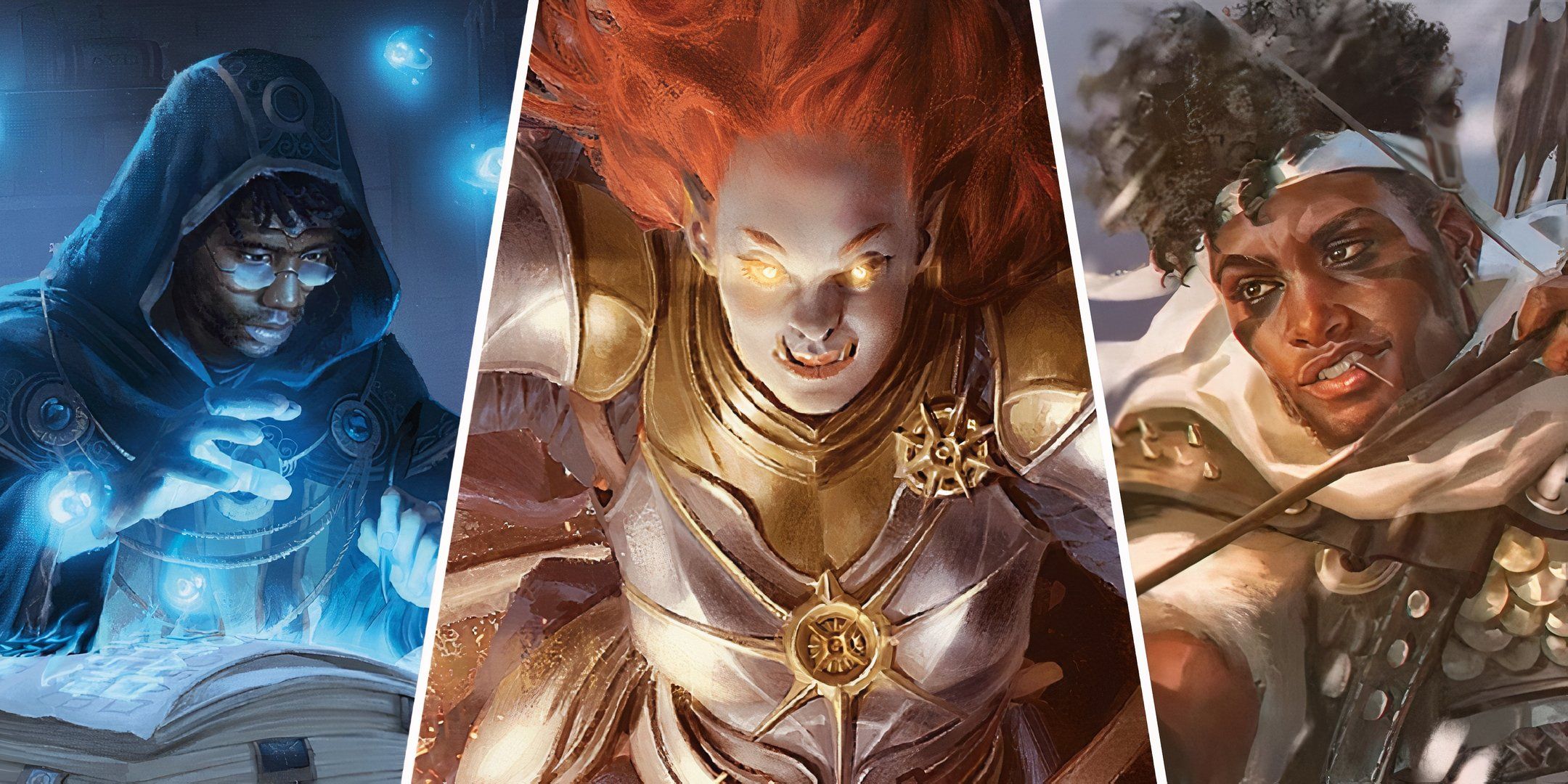
Related
Dungeons & Dragons: 8 Ways To Address Players Using Exploits
Just because it follows the game rules doesn’t mean it’s good for the game.
A DMPC can give ideas if you notice that the group has got stuck on an issue or puzzle, but don’t just offer them the solution. In theory, the DMPC is stuck on the issue just like they are, so all you can do is help them brainstorm solutions. If you don’t think you can do that without accidentally giving the solution, then it’s best to stay quiet.
Alternatively, you can use them to guide conversation during moments of roleplay. Be the shoulder the PC will cry on, help them deal with their personal problems during the storyline, and be by their side when they don’t know what to do.
1
Make Them Part Of The Narrative On Occasion
Just Don’t Hog The Spotlight
The biggest concern people have with DMPCs is when they overshadow the other characters in the narrative. Don’t let your DMPC become the protagonist. If you want full control over the protagonist as well as the other characters, then you should be writing this story rather than turning it into a D&D adventure.
That said, it is okay for this character to have narrative importance and stand out on occasion. Even big TV series occasionally have episodes dedicated to a side character. We even used Ireena as an example here a few times; sometimes, the story will focus on her, and that’s okay.
We even encourage this occasional spotlight if the narrative is a big part of your campaign because, otherwise, this character that is following the party will turn bland. They’ll just follow the group, do as they’re told, and have no opinion. Develop their story as you would with any relevant NPC; just don’t let their plot take over the game, and you’re good.
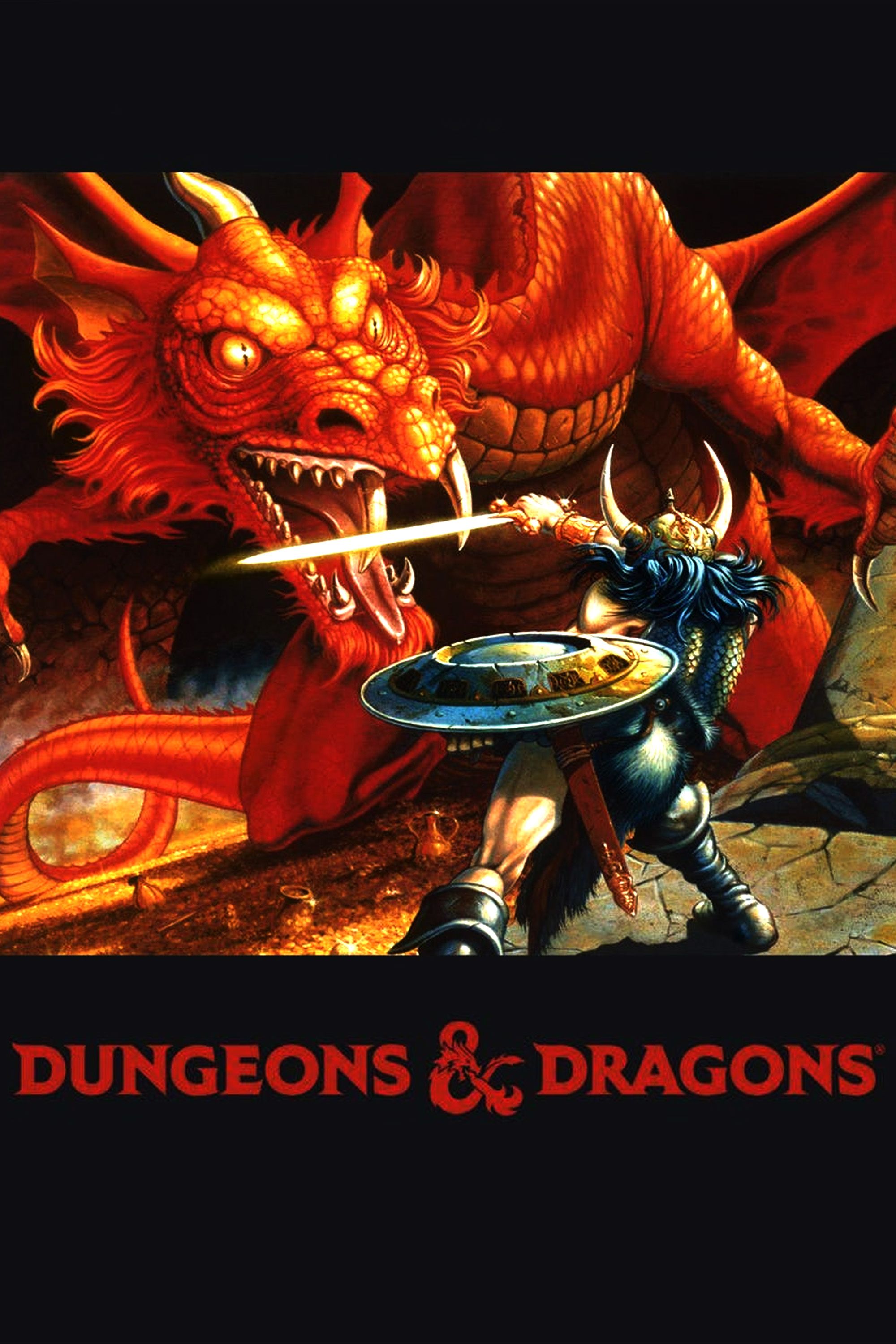
Dungeons & Dragons
- Original Release Date
-
1974
- Player Count
-
2+
- Age Recommendation
-
12+ (though younger can play and enjoy)
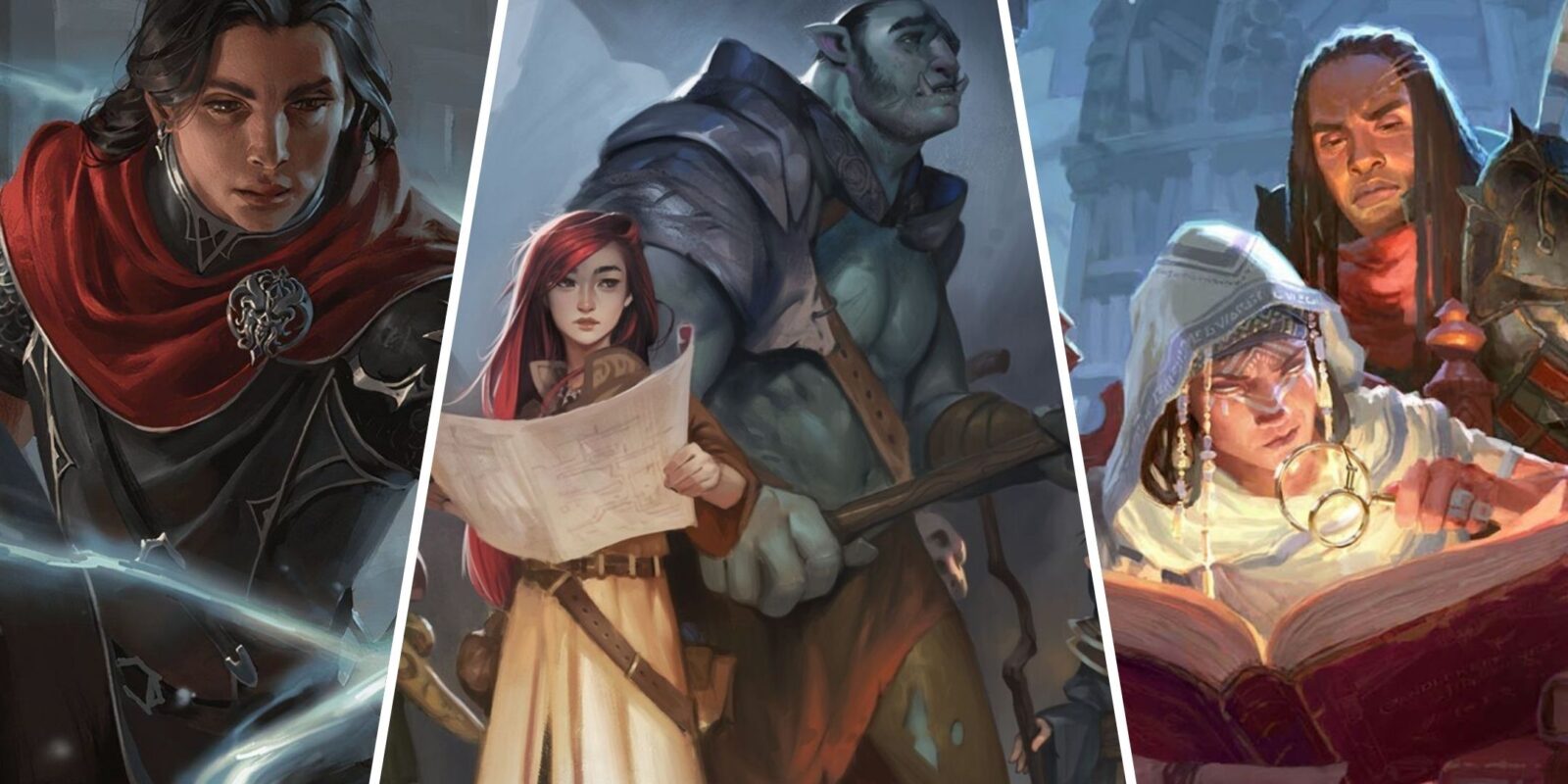
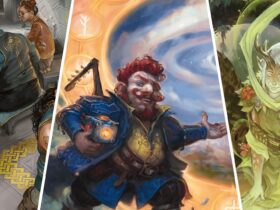
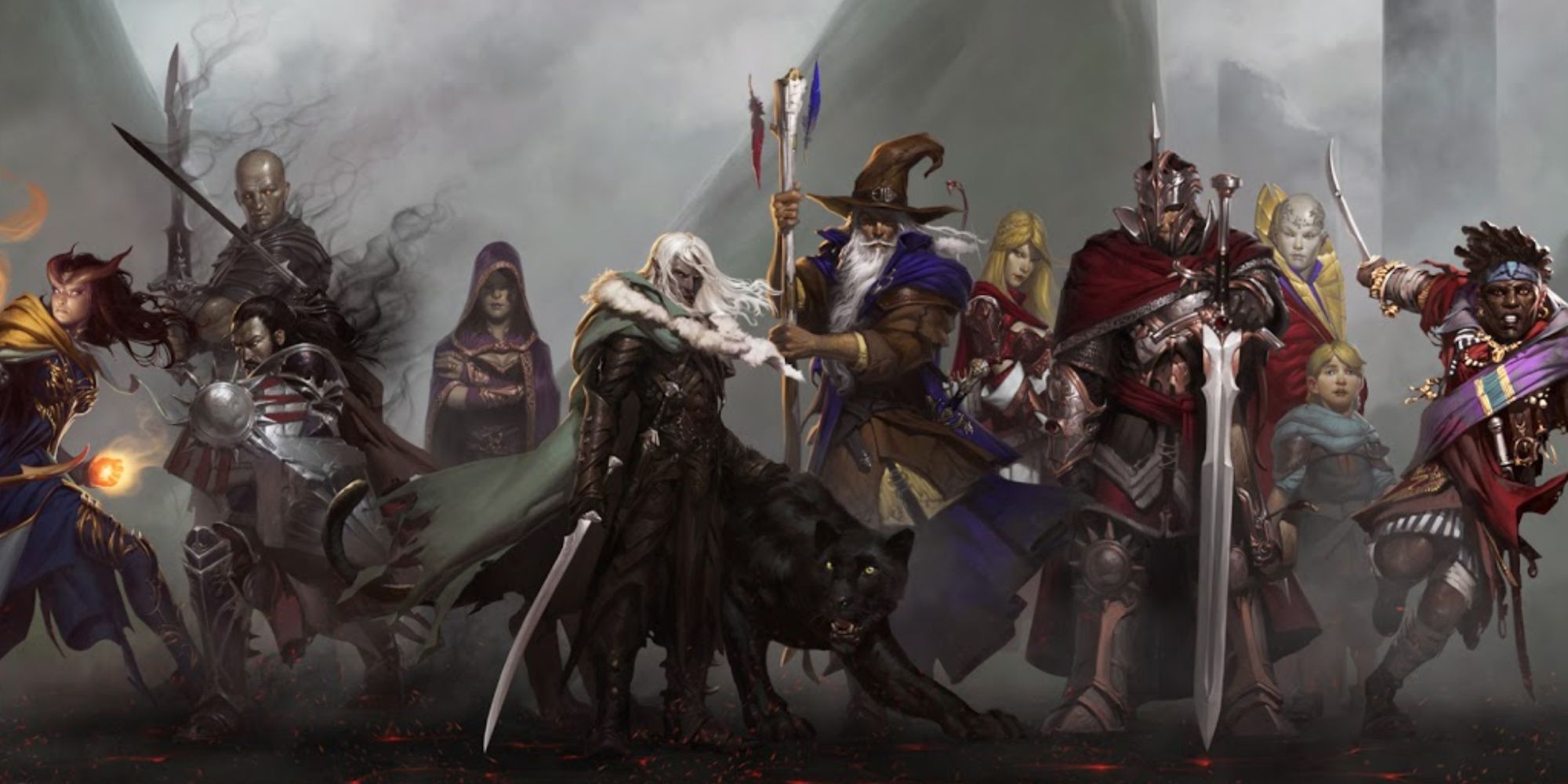
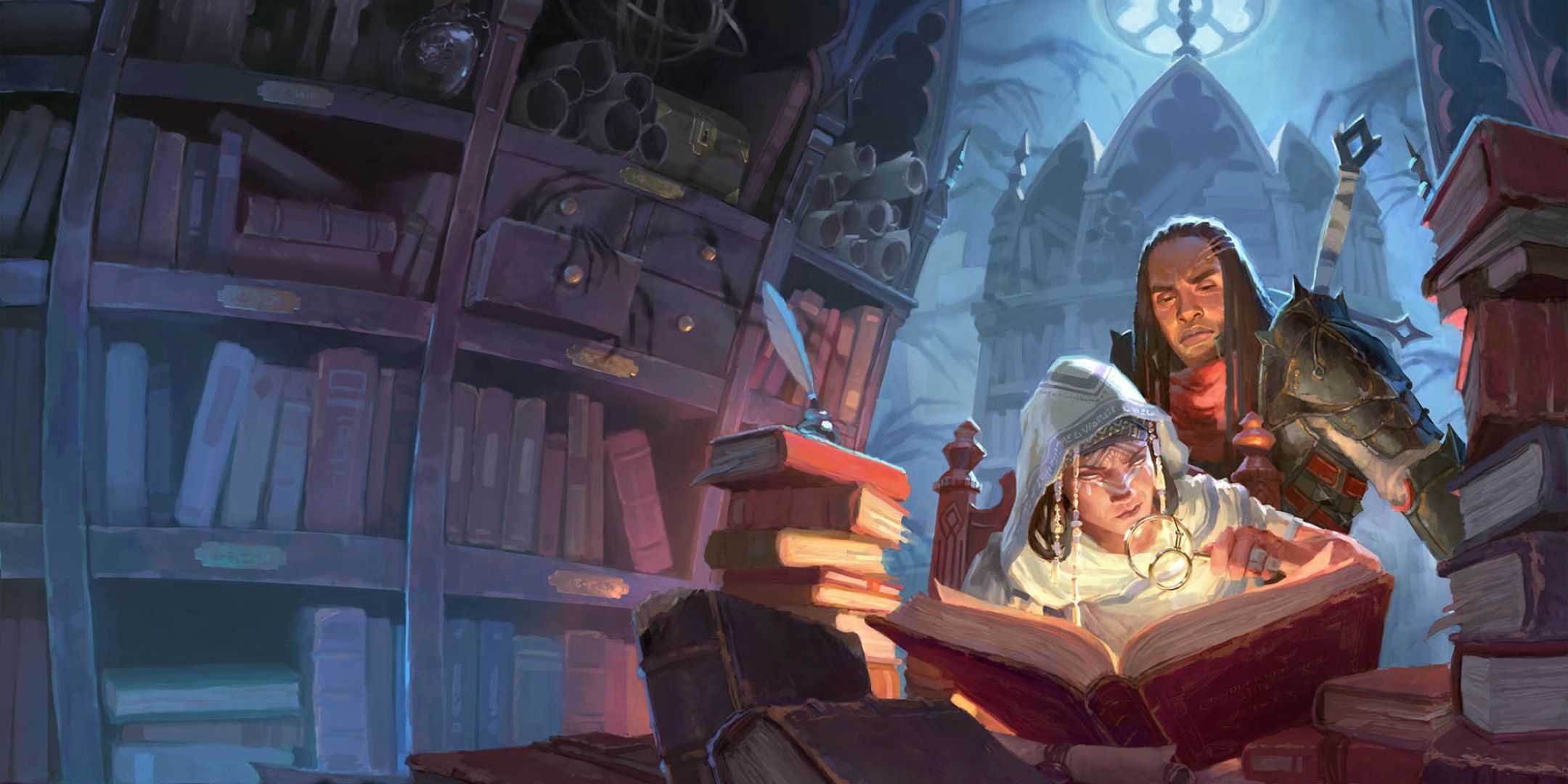
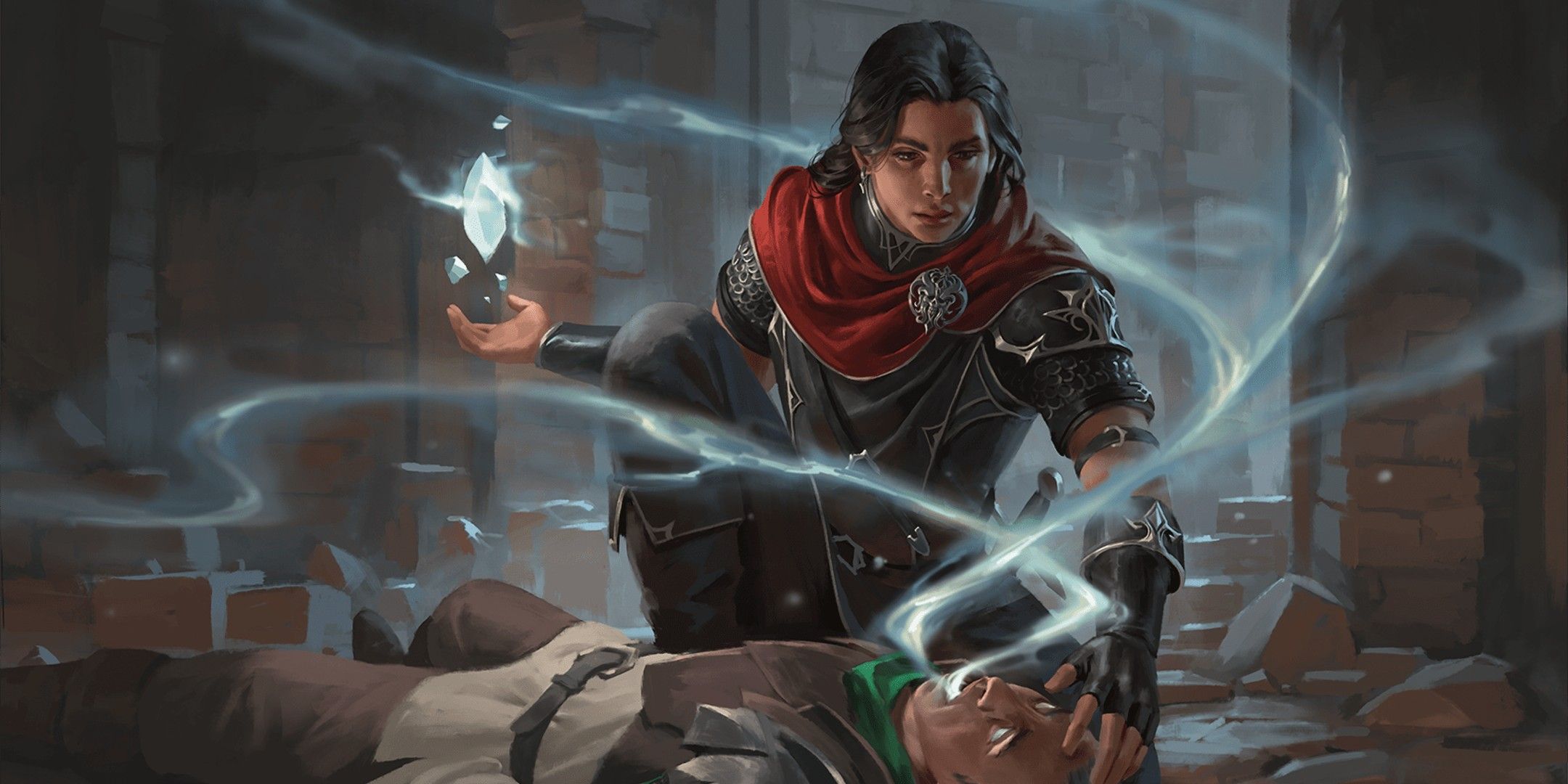

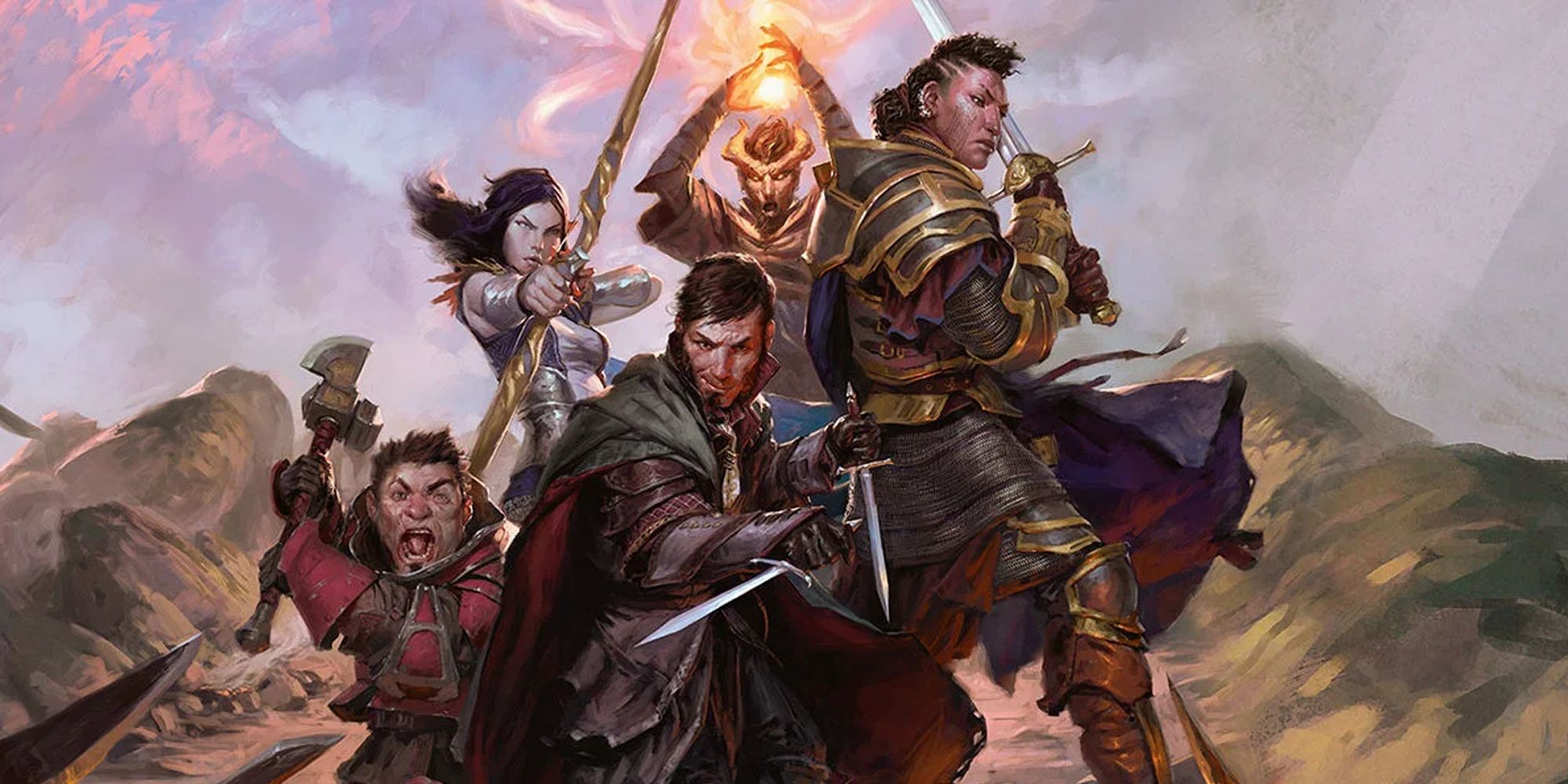




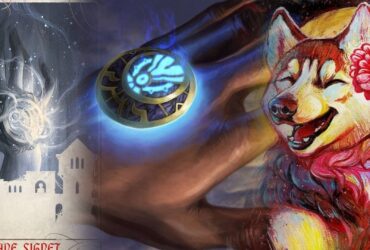
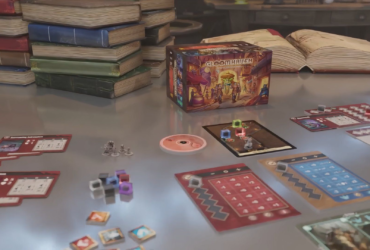
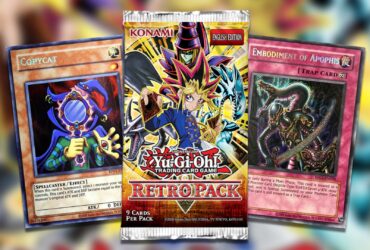

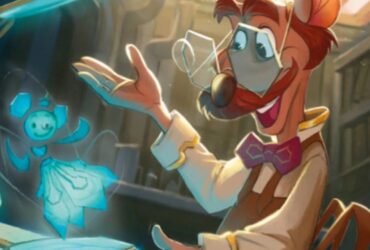
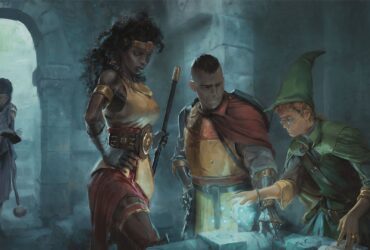
Leave a Reply